A company wanted to store carbon under US forests; it may get its wish
The U.S. Forest Service said ‘no’ when CapturePoint asked to put carbon capture projects under national forests. The agency is now reconsidering.
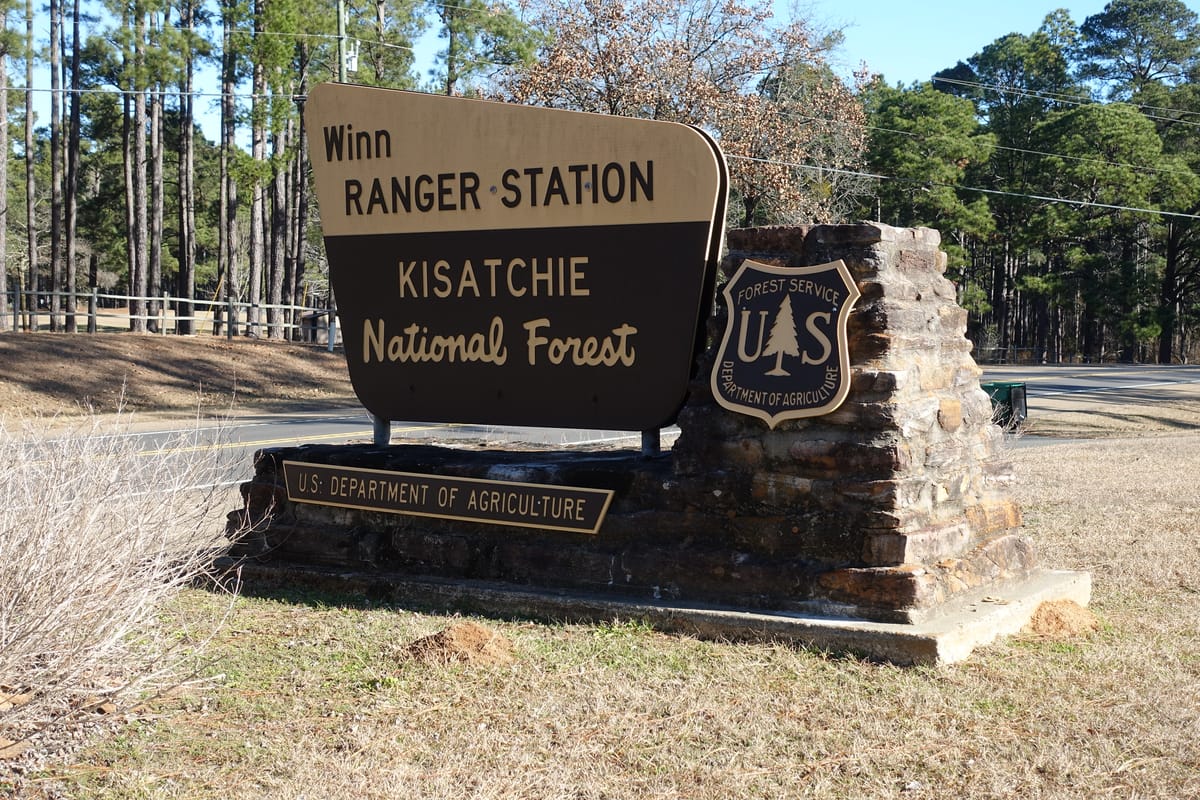
Published by Mississippi Today, Louisiana Illuminator, WWNO, Yahoo! News
After it was twice denied permission to store carbon dioxide under U.S. Forest Service lands, a company looking to store millions of tons of the greenhouse gas in the Southeast made a strategic decision: Keep pushing.
The company, CapturePoint Solutions, leased property adjacent to forest service land in Mississippi for a project there. It started a program teaching carbon management at a school system near Forest Service land in Louisiana. And then, more than a year after it received its first denial, CapturePoint invited federal officials on an informational tour to discuss storing carbon under forest service land.
USFS officials are now considering a draft rule to allow carbon capture under U.S-owned land. The agency insists the company’s requests did not influence its decision to draft the rule — and that no one from the Forest Service attended the informational tour.
“We always felt and believed that the Forest Service was not following (Federal Land Policy and Management Act), and therefore continued our efforts,” said a CapturePoint spokesperson who asked not to be named.
That law allows some federal lands to be used for energy, including gas. Environmental groups argue the 1976 law does not cover carbon dioxide storage. They are concerned that CO2 could leak from the ground, injuring or killing people and animals and damaging the forest. Injecting the carbon underground, they say, amounts to an industrialization of federal land.
While it is technically possible for such a leak to occur, the chances of a leak from storage areas more than a mile underground are “extremely remote,” CapturePoint CEO Tracy Evans told Floodlight.
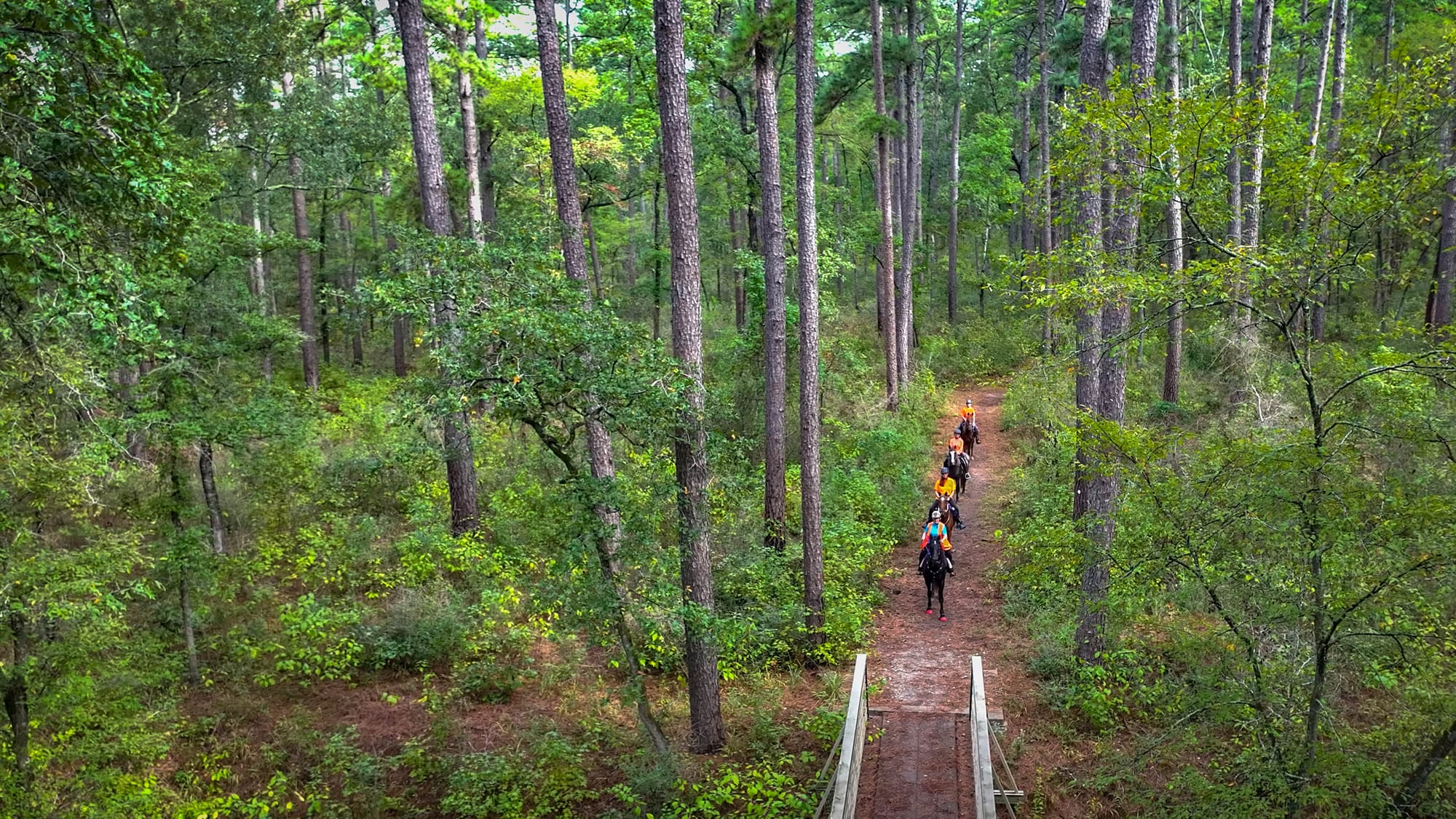
Agency records reveal various requests
CapturePoint’s efforts were detailed in public records obtained from the Forest Service by CURE, a Minnesota-based nonprofit, and shared with Floodlight. CURE is opposed to carbon pipelines in Minnesota and is concerned about carbon storage under Forest Service land in its state. The records also reveal inquiries in 2022 by ExxonMobil to stash carbon under the Sam Houston National Forest in Texas.
The Carbon Capture Coalition says the United States won’t be able to meet 2050 greenhouse gas reduction targets unless it allows federal land to be used for carbon storage. The pro-carbon capture coalition of more than 100 companies, unions, conservation and environmental policy organizations estimates about 130 million acres of federal lands overlay suitable geology for the secure storage of captured carbon dioxide. The Forest Service manages 21% of that land.
CapturePoint applied to inject carbon under the Kisatchie National Forest in central Louisiana in 2021 under its previous corporate name, Authentic Reductions. CapturePoint also applied to inject carbon under the Delta National Forest in Mississippi in 2022.
The applications were rejected for the same reason — such a permit would allow a permanent use of Forest Service land, something the agency has historically not allowed.
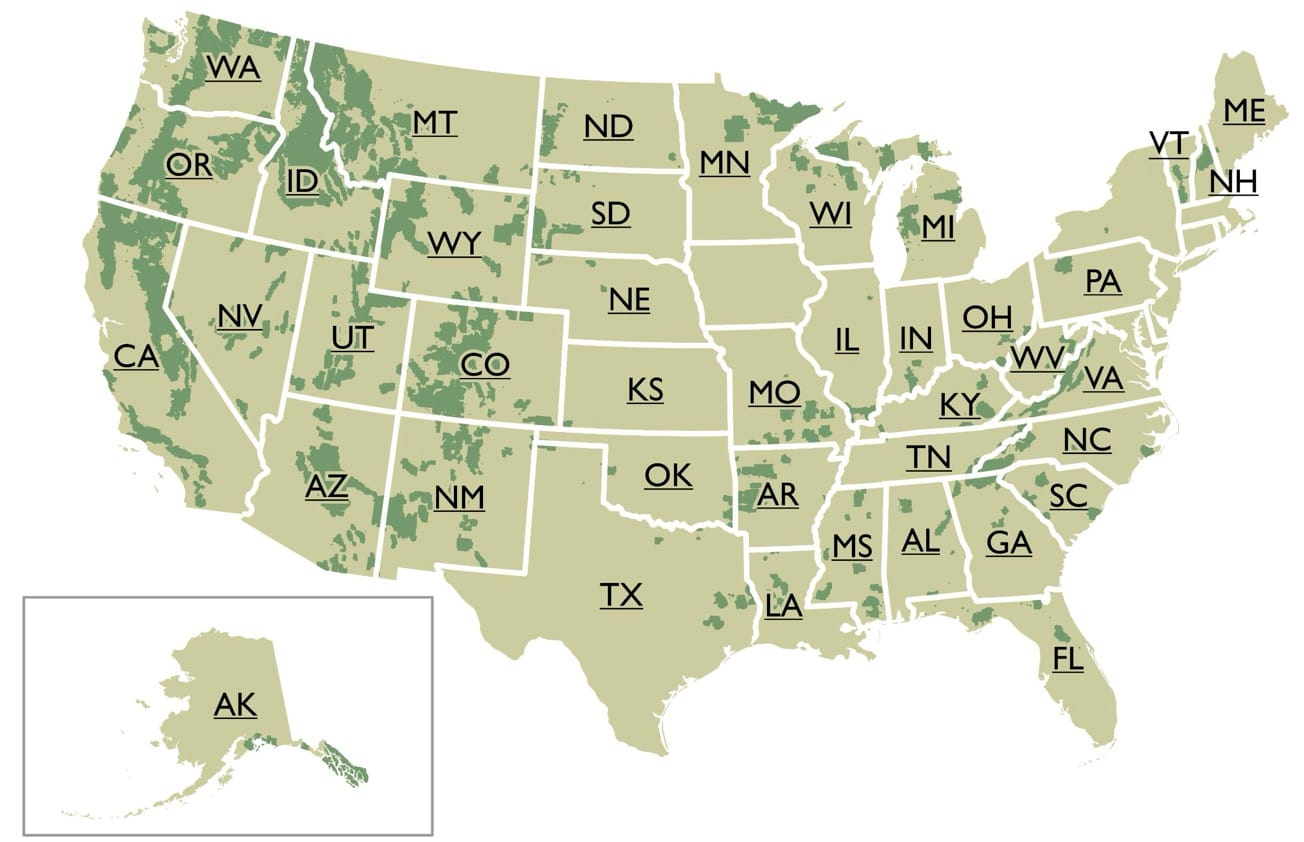
New carbon capture rule on tap
Now, more than three years after the company began its push, the Forest Service is in the middle of changes that could allow the storage of the greenhouse gas under millions of acres of Forest Service land indefinitely.
The comment period for the draft rule ended in January. The Forest Service is currently reviewing the comments, agency spokesperson Catherine McRae said.
Both CapturePoint and the Forest Service agree: No agency employees ended up attending the tour the company held of the Kisatchie and Delta forests in 2022. CapturePoint said it had no direct input on the creation of the draft rules. And McRae said the company’s requests did not prompt the Forest Service to propose the draft rule.
The email correspondence in the records obtained by CURE included draft applications from CapturePoint to inject carbon under the two forests. In both, CapturePoint offered $1 per ton of injected carbon. In the Kisatchie National Forest, CapturePoint proposed injecting up to 50 million tons over a 12- to 20-year period — which it said is equivalent to removing the emissions from 10 million cars a year. In the Delta forest, the company said it wanted to inject 6-12 million tons over 12 years.
The Inflation Reduction Act offers companies that capture and store carbon dioxide from $60 to $180 per ton in tax credits. Evans told Floodlight $1 per ton was offered when subsidies were lower, but there are mechanisms in place to increase the payments if subdies increased.
“Some of the lobbying was sort of surprising,” said Hudson Kingston, legal director of CURE. He said the company “sucked up to” federal employees by offering to take them on the tour. “It’s how regulatory capture works.”
Victoria Bogdan Tejeda, an attorney with the Center for Biological Diversity, had a similar reaction.
“One could really infer that there was a lot of industry pressure or influence to try to get access to this pore (underground) space,” Bogdan Tejeda said. “And that, so far, they were successful, at least with getting a rule out there that would make their applications possible.”
CapturePoint doesn’t see it that way. Evans argued that storing carbon under Forest Service and other federal lands makes sense given the federal government’s “desire to have CCS move forward.”
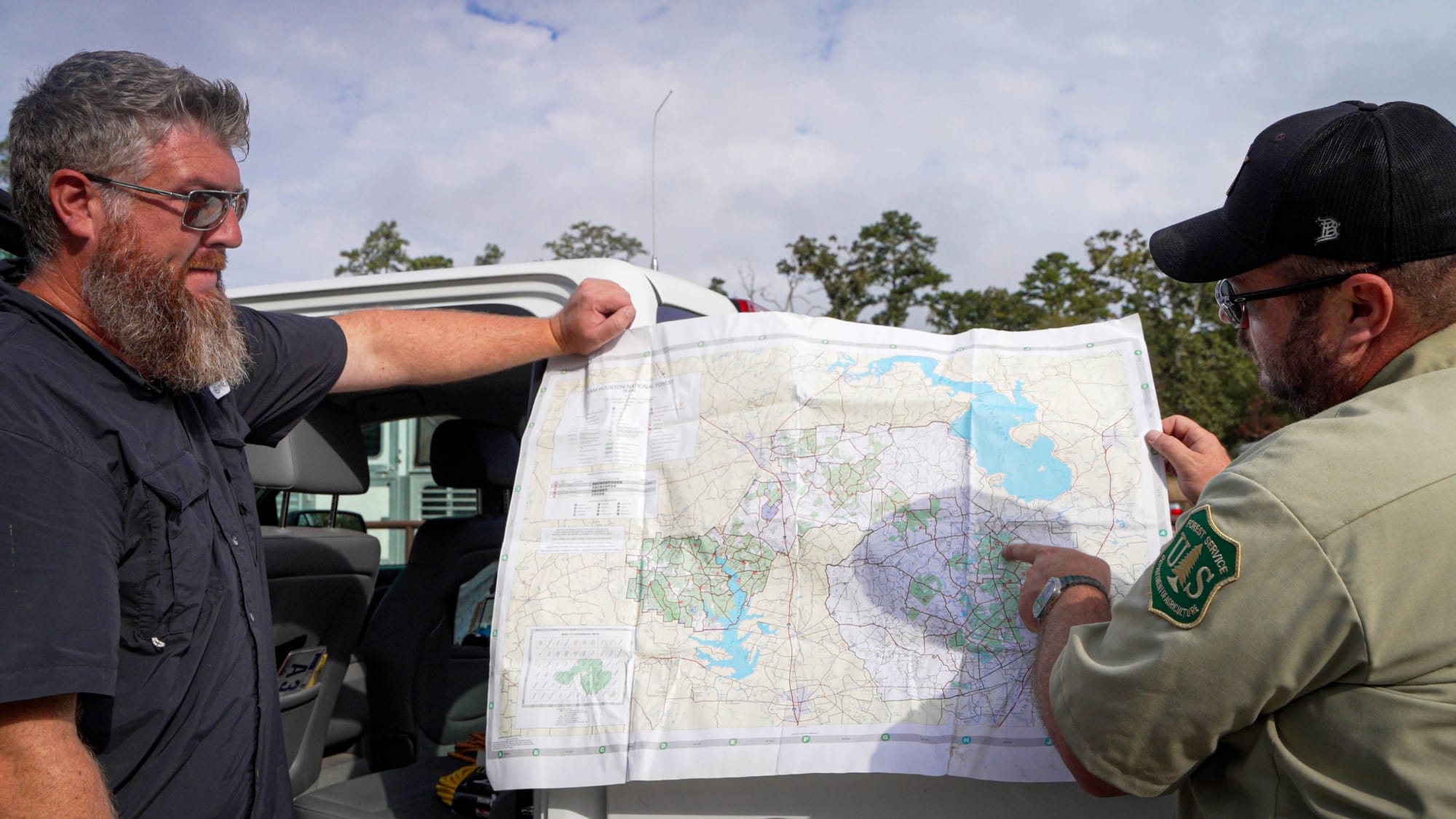
Feds already allow some carbon storage
In addition to approaching the Forest Service, CapturePoint also inquired about storing carbon under a U.S. Army base in central Louisiana, he said.
Some federal agencies, including the Bureau of Land Management, already allow carbon to be stored under their lands under the federal land management law. In 2022, the BLM granted its first approval to ExxonMobil to permanently store carbon under land in Wyoming, a project that remains controversial.
While CapturePoint says the law should also apply to the Forest Service, Bogdan Tejeda said it’s not that straightforward. The law does not mention carbon dioxide or permanent storage, and historically, the Forest Service has interpreted its own authority as barring any permanent use, she said.
November’s draft rule by the Forest Service surprised many agency observers, who say it bucks precedent. While there are leases on Forest Service for oil and gas drilling, for instance, those leases are for a set number of years, not for a permanent use, Bogdan Tejeda said.
“I'm not seeing anything in the rule that they (USFS) issued, showing why that would change,” she said.
Among the concerns over storing carbon under forest service land is the potential to endanger tribes’ access to fish and other food, which the federal government agreed to protect in exchange for seizing vast tracts of Native American land, according to the Confederated Tribes of the Umatilla Indian Reservation in Oregon.
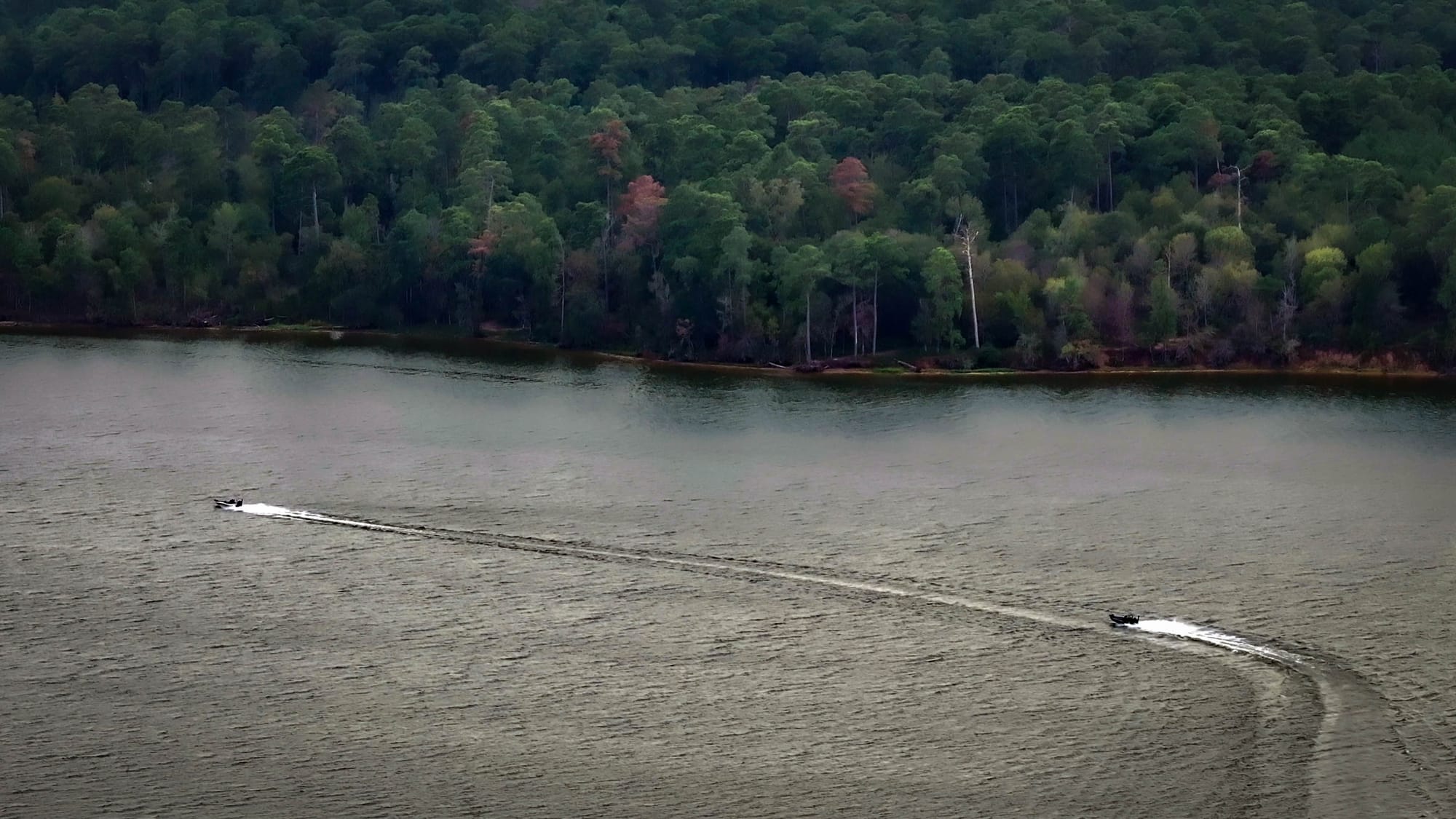
Bogdan Tejeda still has a lot of questions, including who will monitor the stored carbon after CapturePoint is gone — and who will be liable if something goes wrong.
“It gives industry essentially a place to dump their carbon dioxide waste, benefit from the tax credits, and they don't have to deal with the messiness of trying to get permission from property owners and eminent domain.”
The federal government says, ‘Hey, just come on over here,’ ” she said, “and that's a form of a subsidy.”


